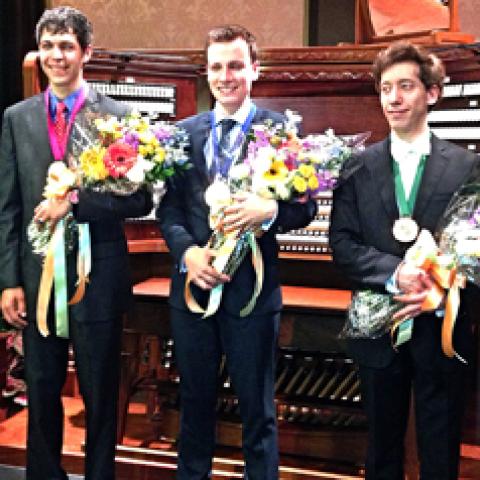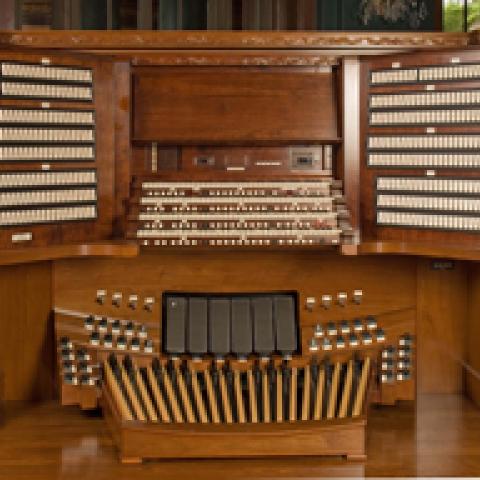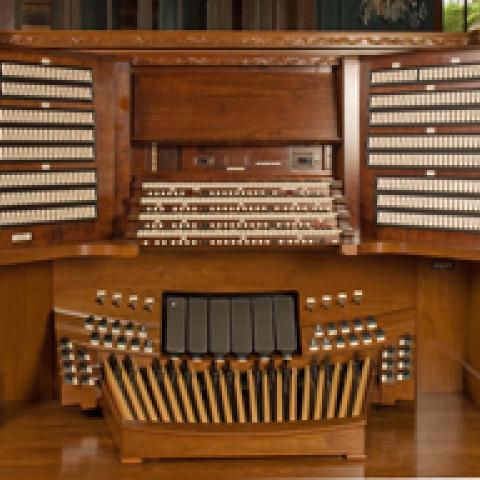
Following a seven-year, $8 million restoration initiative, Longwood Gardens will officially debut its newly renovated Aeolian pipe organ February 4-6, with a celebratory weekend including concerts, player organ demonstrations, talks and more.
The highlight of the weekend festivities are two concerts performed by organist Peter Richard Conte, Grand Court Organist for the Wanamaker Organ in Philadelphia, PA, February 4 & 5 at 8 pm. Conte’s performances includes selections favored by Mr. du Pont and selections with ties to the Gardens’ history. Program highlights include American Fantasy by Victor Herbert, a favorite of Mr. du Pont; To Longwood by Samuel Barber, which he wrote as a youngster to commemorate his frequent visits to the Garden. Guests can also enjoy free concerts throughout the weekend, hear player organ performances and more.
Longwood’s 10,010-pipe instrument, the largest residence organ in the world, was restored to its original 1930 condition and now features a new console that incorporates the latest computer technology.
An organ aficionado, Longwood Gardens founder Pierre du Pont personally oversaw the design and construction of Longwood’s first Aeolian organ, which was installed in 1921 and enlarged soon thereafter to include 3,650 pipes and 79 stops. In 1929-1930, du Pont replaced this initial organ with the much larger Aeolian model that remains in Longwood’s Conservatory to this day. Custom-designed by Longwood organist Firmin Swinnen, the organ’s pipes are divided into 146 ranks (sets of pipes), 237 stops and couplers, and five 32-foot pedal stops, that sound from nine chambers that open onto the Ballroom.
Nelson Barden & Associates (Newton, MA) and Spencer Organ Company (Waltham, MA) restored or rebuilt virtually every element of the 10,010-pipe instrument from 2004 until 2011. Other contributors included Richard Houghten (electrical circuitry), Jonathan Ambrosino and Daniel Kingman (tonal finishing), David and Christopher Broome (reed restoration), David Snyder (piano restoration), John Irwin, Roy Battell, and Sean O’Donnell (computer player), and Curt Mangel (consultant).
An entire unaltered Aeolian concert organ from the same era was acquired to provide documentation as to the original voicing and to supply missing pipes. The team sought to recapture the character of the 1930 organ, which had undergone a prior restoration in the 1950s that resulted in some historically inaccurate tonal changes. The current restoration is amending these subtle issues, as well as cleaning and preserving all elements of the instrument.
Tonal finishing will continue for one year following the inauguration, allowing the restoration team to monitor and adjust the instrument. Other upcoming organ concerts by Cameron Carpenter (May 13) and Hector Olivera (March 4) continue the tradition of live organ music in the Longwood Conservatory.
For information: www.longwoodgardens.org.







